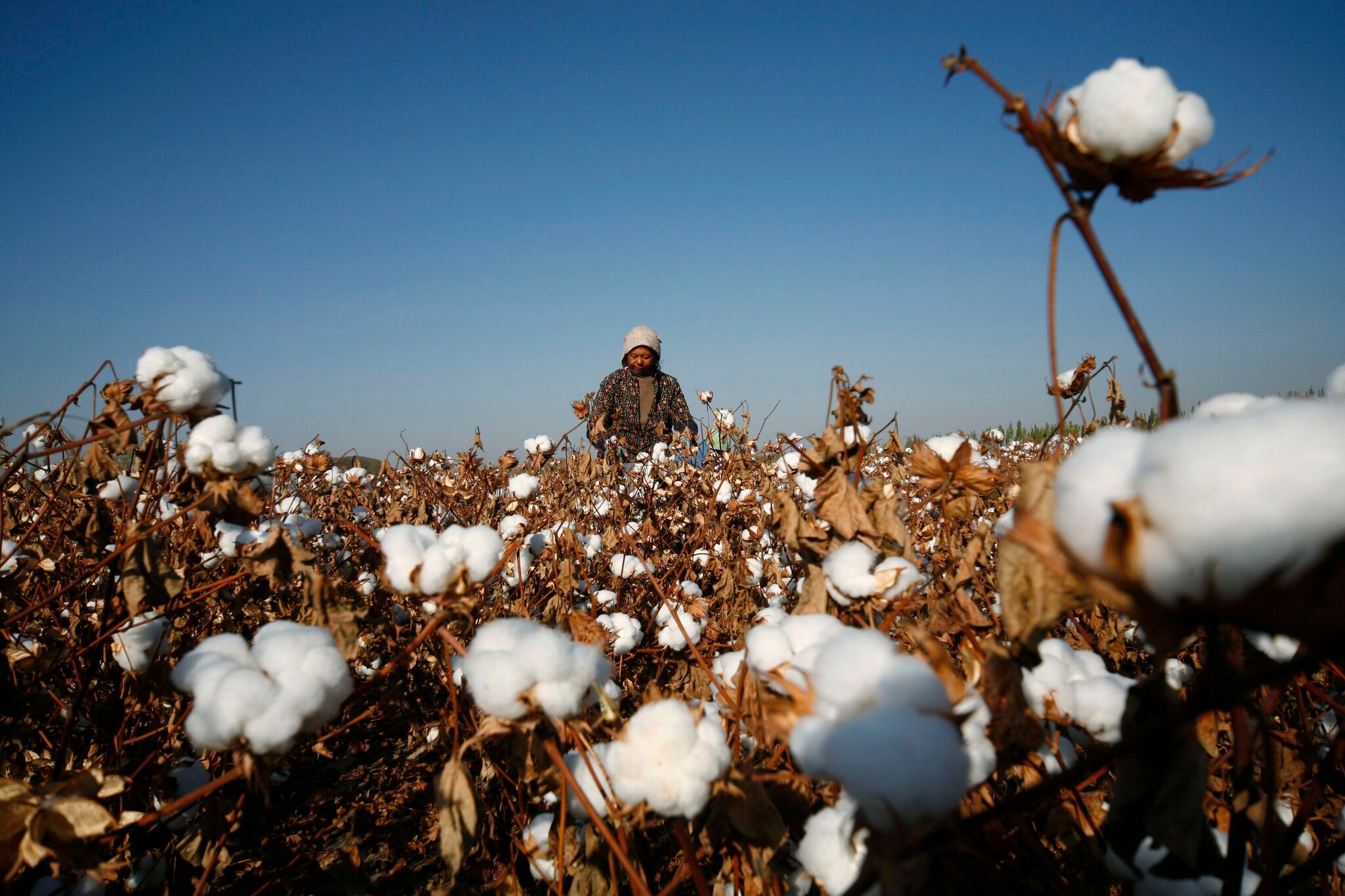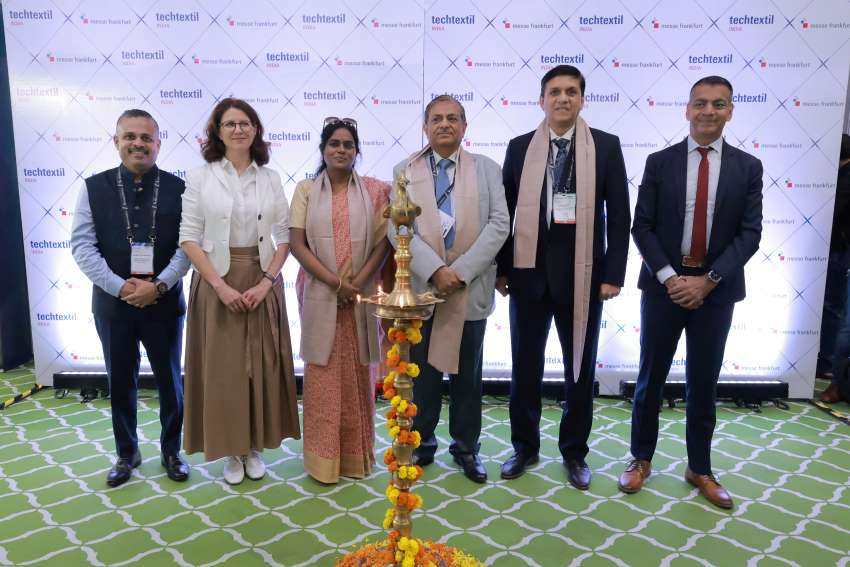
In a world where apparel has long been both an economic indicator and a cultural barometer, the September 2025 Wazir Advisors Global Apparel Trade & Retail Update Report paints a picture of uneven momentum across markets. While consumer demand in some economies shows encouraging resilience, supply-side headwinds continue to weigh on major exporters, underscoring the complexities of the post-pandemic global trade environment.
Imports, Europe and the UK lead the upswing
July 2025 saw diverging paths in apparel imports across major buyer nations.
• European Union (EU): At $9.6 billion, EU imports rose 19 per cent YoY, making the bloc the standout growth engine for global apparel demand. The rebound reflects a combination of sustained consumer spending, fashion retail promotions, and pent-up demand in key EU economies like Germany, France, and Spain.
• United Kingdom (UK): Recording an even sharper rise, UK imports grew 24 per cent YoY, reaching $2.1 billion, highlighting the strength of its fast-fashion and mid-market segments.
• United States (US): In contrast, the US, the world’s single-largest apparel importer reported a 3 per cent YoY decline in imports, down to $7.7 billion. This drop showcases cautious retailer stocking amid inventory corrections and mixed consumer sentiment.
• Japan: Imports rose 5 per cent YoY, touching $2 billion, driven by a gradual recovery in department store sales and steady demand in premium casualwear.
Together, these numbers underline a shifting center of gravity, European markets are driving near-term global apparel import growth, while the US, despite its size, is displaying more cautious trade behavior.
Export, Asian giants under pressure
On the supply side, exporters are facing a more challenging environment.
• China: Still the dominant supplier, China’s apparel exports in August 2025 fell 11 per cent YoY to $13.6 billion. Rising labor costs, slowing Western demand, and increasing scrutiny on supply chain sustainability have weighed on performance.
• Bangladesh: Once a reliable growth story, Bangladesh reported exports of $3.1 billion, down 6 per cent YoY. Order slowdowns from US and EU buyers, combined with energy and wage inflation, are affecting competitiveness.
• India: India’s apparel exports slipped 8 per cent YoY to $1.2 billion, as the sector grapples with a weak global demand cycle and domestic raw material price volatility.
• Vietnam: Breaking the trend, Vietnam posted 3 per cent YoY growth, reaching $3.9 billion. Its strong trade agreements and positioning in synthetic apparel categories are providing a relative edge.
The diverse stats highlights a broader shift, buyers are increasingly diversifying sourcing away from China and Bangladesh, with Vietnam emerging as a resilient alternative, while India continues to face structural competitiveness issues.
Retail Outlook: Consumption gains but e-commerce stalls
At the consumer end, retail activity offers a more optimistic counterpoint to the export slowdown. US: Apparel sales in August 2025 grew 5 per cent YoY, showing steady resilience despite economic uncertainties. Home furnishings, however, fell 4 per cent YoY, signaling a possible spending rotation toward clothing and personal style categories.
Interestingly, e-commerce sales of clothing and accessories declined 3 per cent YoY in Q2 2025, suggesting online channels may be maturing, with physical retail regaining traction.
India: The domestic story was more buoyant, with apparel retail sales in July 2025 up 9 per cent YoY. Driven by festive season pre-sales, rising middle-class consumption, and expanding organized retail formats, India continues to remain a bright spot in global apparel consumption trends.
Economic signals Underlying these retail dynamics are nuanced macroeconomic signals, particularly in the US. The Consumer Confidence Index (CCI) edged up to 97.4 in August 2025, from 97.2 in July, indicating cautious optimism among households. The labor market, however, showed cracks, only 22,000 jobs were added in August, and the unemployment rate ticked up to 4.3 per cent from 4.2 per cent. For apparel retailers, this mixed picture means balancing optimism in spending with caution around inventory buildup.
A fragmented global apparel map
The Wazir Advisors September 2025 update suggests that the global apparel industry is no longer moving in lockstep. Europe and India are powering consumption, while US and Japanese buyers remain selective.
Export leaders like China, Bangladesh, and India are losing momentum, while Vietnam quietly gains share.
In retail, apparel demand is stable to positive, but channel dynamics are shifting brick-and-mortar resilience against slowing online sales is reshaping strategies. And global trade flows are increasingly shaped by macroeconomic uncertainty, inflationary pressures, and shifting consumer priorities.
Thus as fashion cycles compress and supply chains diversify, the apparel trade is entering an era of regional fragmentation and selective growth. For global brands, retailers, and sourcing hubs, agility not scale may define competitiveness in the coming quarters.












